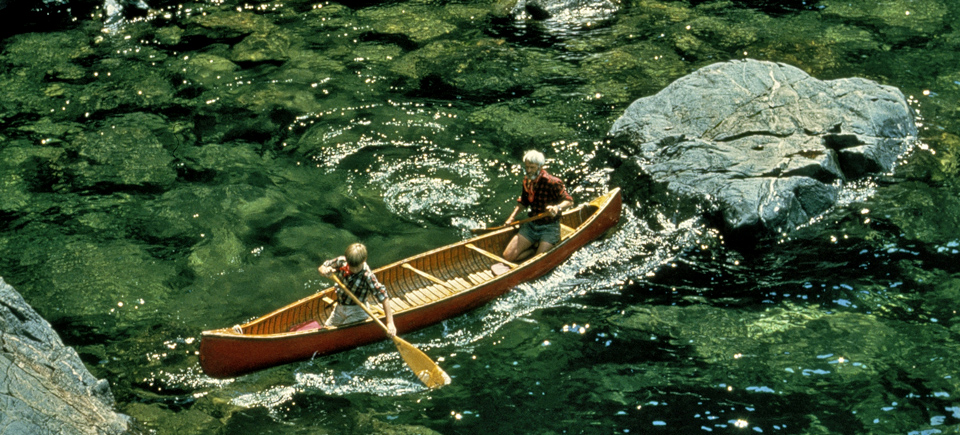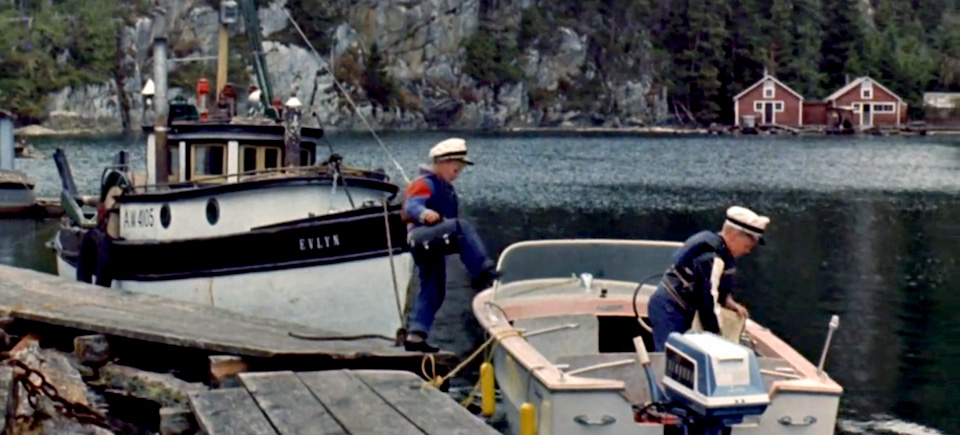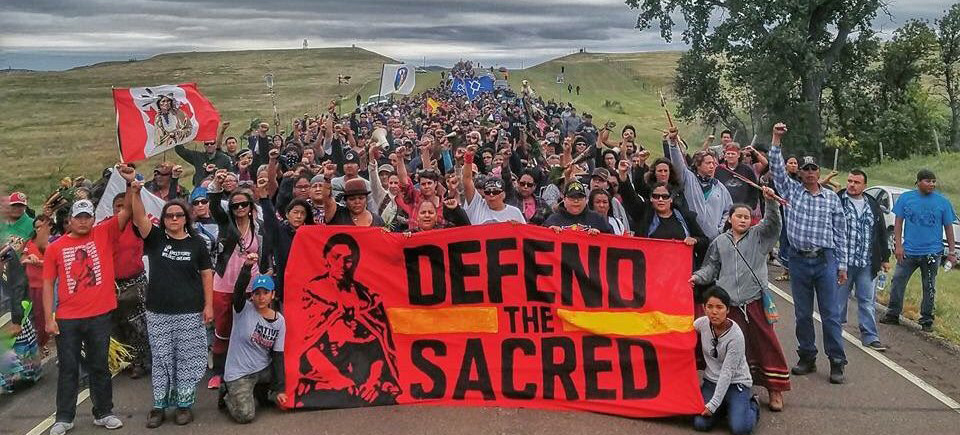
Water Protectors | From Fort Good Hope to Standing Rock
Water Protectors | From Fort Good Hope to Standing Rock
Since April, a historic gathering of tribes, possibly the largest gathering of Native Nations ever, is happening at Standing Rock Indian Reservation in North Dakota, U.S.A.
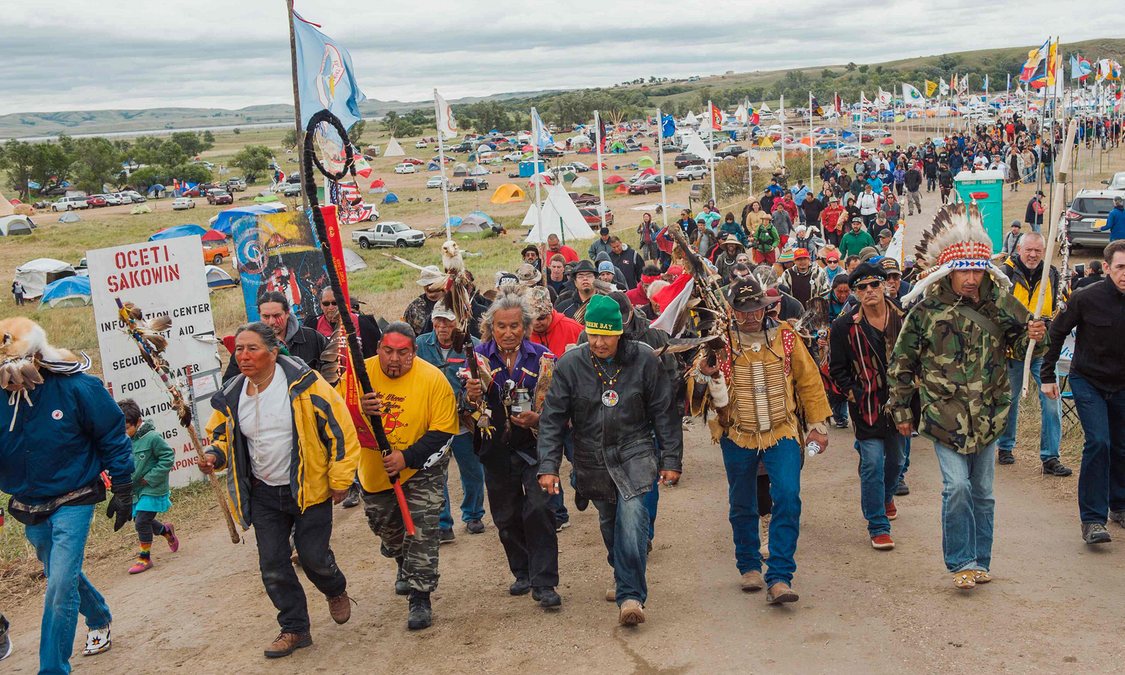
Tribes and bands that hadn’t gathered in one place in over a century have come together to fight a common enemy: the 3.8 billion Dakota Access pipeline, which they say threatens sacred sites, burial grounds, and a river that’s a source of water for millions.
Armed with prayer, these water protectors, as they call themselves, are determined to stop this “black snake” from entering their land. Their common message is: No. No pipeline. Mni Wiconi. Water is life, in Lakota. We are water.
You cannot drink oil.
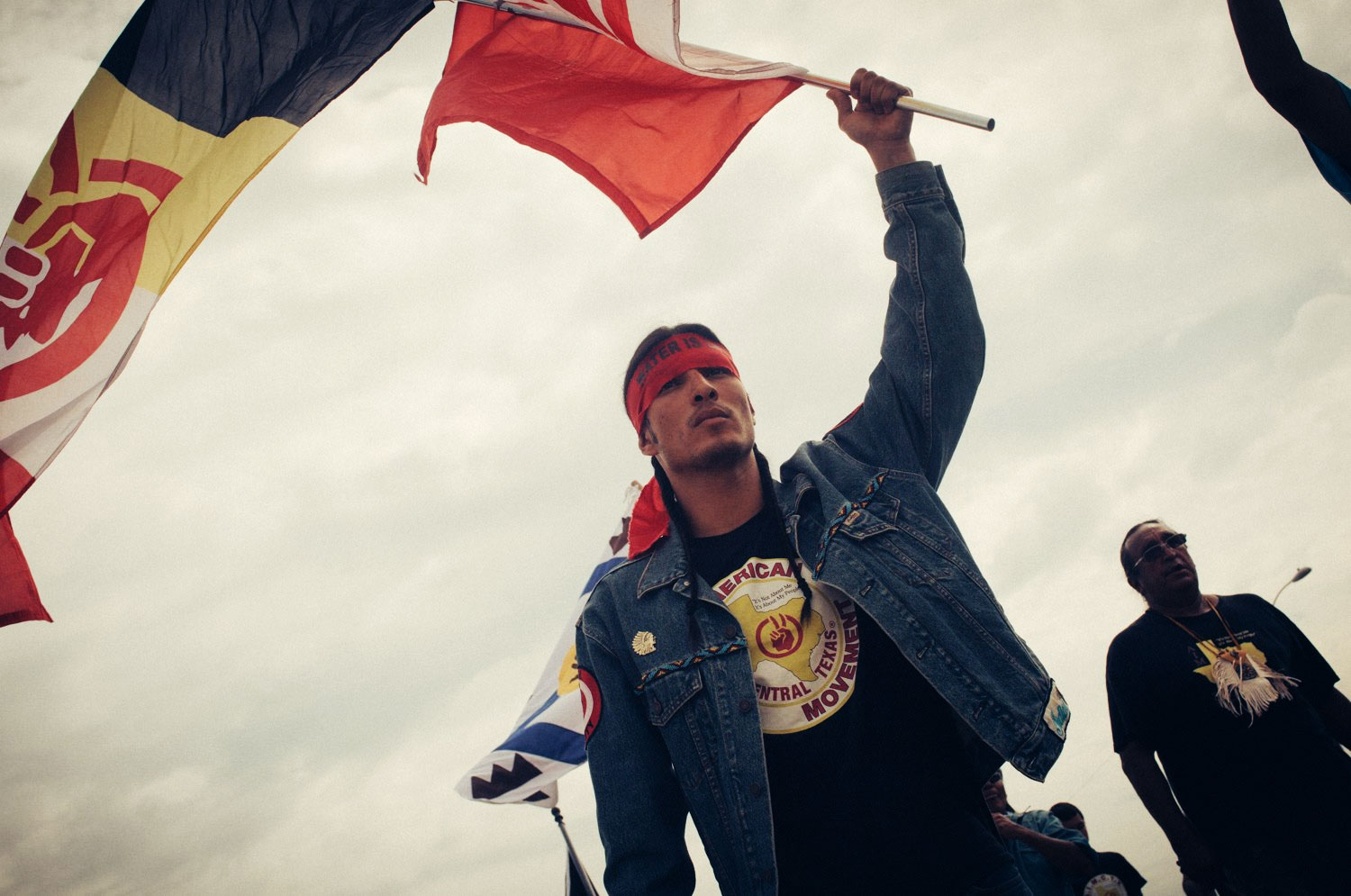
Photo credit: nativeamericanhere.com
So far, attempts to crush the resistance to the pipeline have made it stronger. When images of military style raids went viral online, involving vicious abuse by attack dogs, rubber bullets and pepper spray, the movement at Standing Rock swelled.
By late September, there were over 300 federally recognized Native American tribes present, with a representation of 3 to 4 thousand people in the camps.
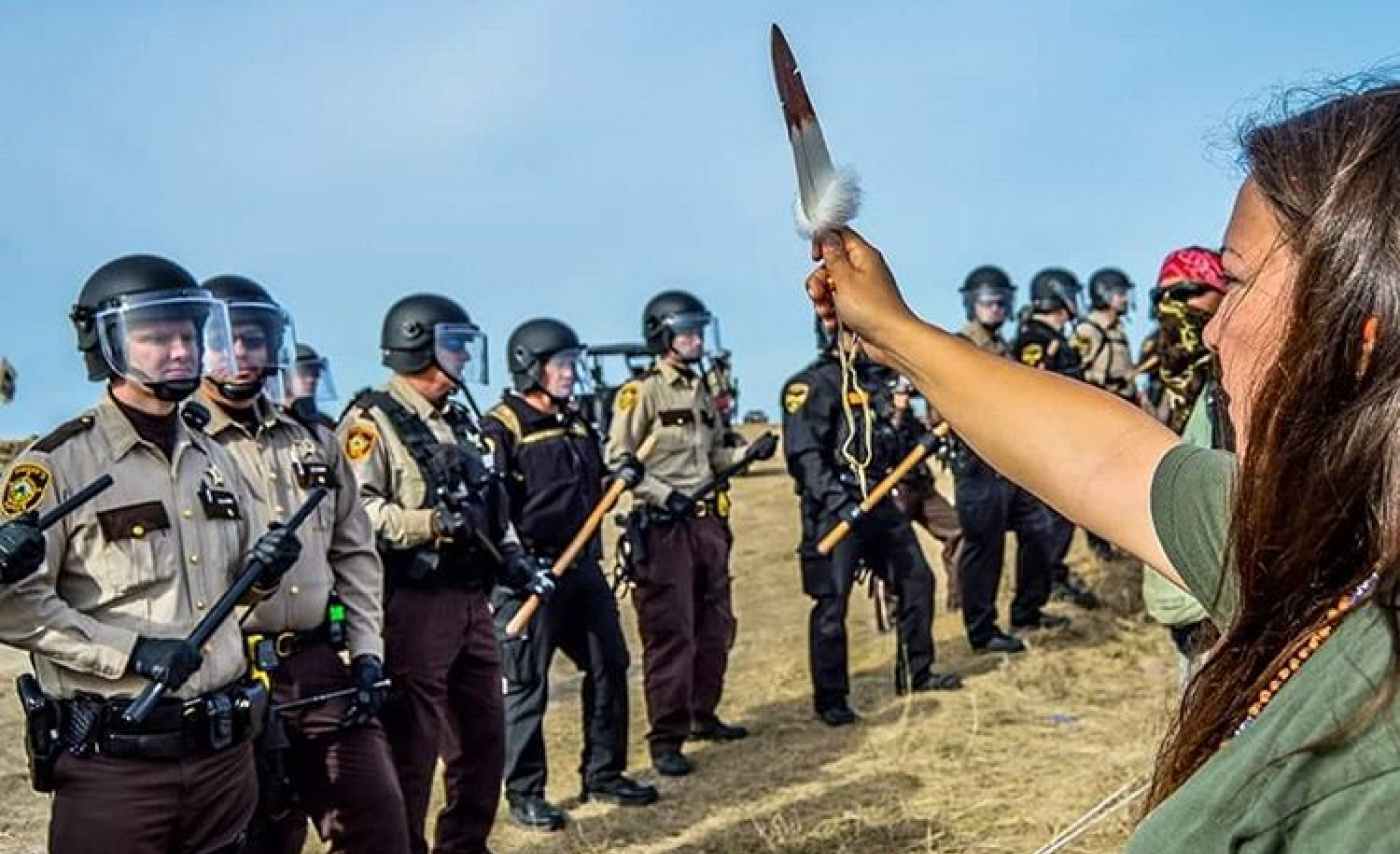
But as many are starting to recognize, this is bigger than Standing Rock. Everywhere on the planet we are seeing this fight between the economy and the environment. Between financial gain for the few and environmental and social degradation for all. And many are now saying “enough.”
Today, tribes and allies from all over the world are offering support and standing in solidarity with Standing Rock’s water protectors. From shamans in Mongolia to New Zealand’s Maoris, dedicating powerful hakas to the fight, the opposition has gone global, with more individuals and groups adding their voice to the opposition daily.
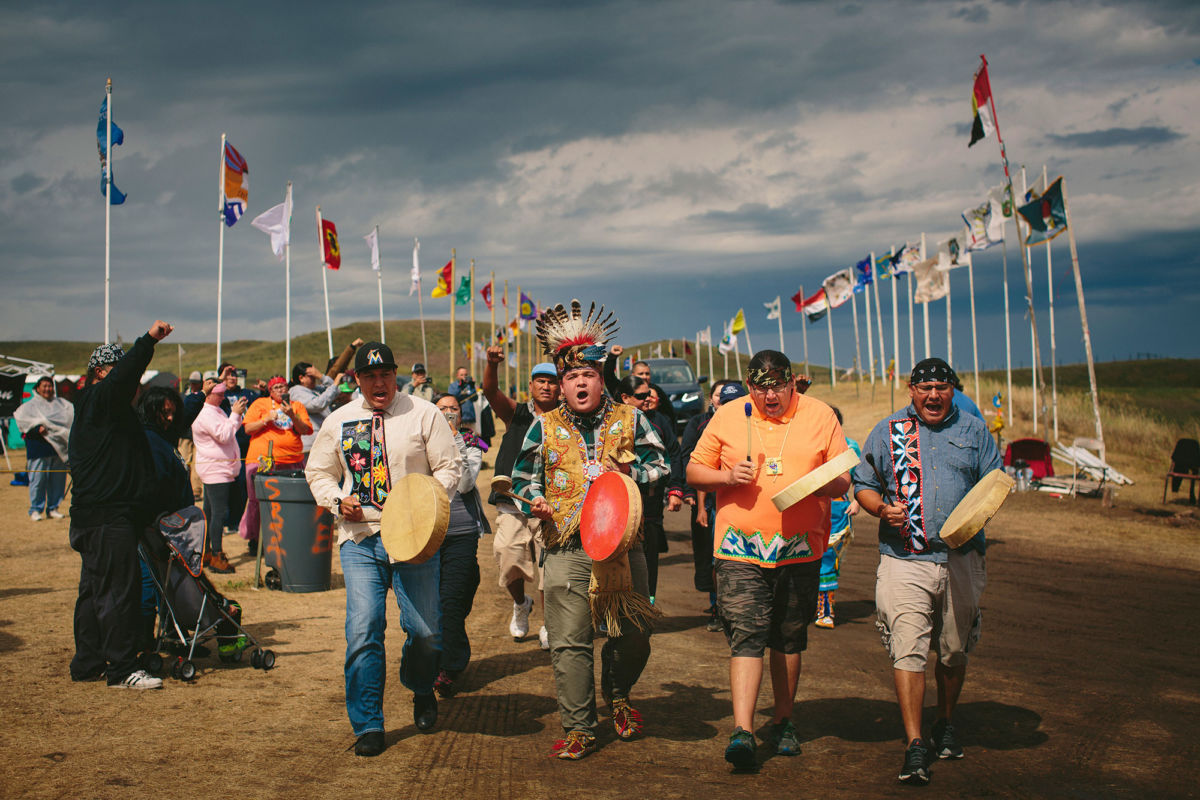
Photo credit: Alyssa Schukar/The New York Times/Redux
“Together we can inspire people across America and the globe to honor each other and the Earth we hold sacred,” Standing Rock Sioux Chairman David Archambault II said.
As the historical events at Standing Rock continue to unfold, check out two NFB films that look at anti-pipeline movements here in Canada.
Northern Frontier, Northern Homeland
You’re coming to destroy a people that have a history of 30,ooo years. Why? For 20 years of gas? Are you really that insane? – Dene Chief Frank T’Seleie
Fort Good Hope, Ron Orieux, provided by the National Film Board of Canada
The Mackenzie Valley pipeline is a contentious pipeline project that heavily mobilized Canada’s First Nations. Launched in the early 1970s, this pipeline project was designed to transport gas from the Arctic to markets in southern Canada. To study the impacts of the pipeline on the people who lived in its path and would most be affected by it, the Liberal government at the time appointed a Canadian judge, Mr. Justice Thomas Berger, of British Columbia.

Photo credit: Prince of Wales Northern Heritage Center
The film Fort Good Hope (1977) is a fascinating account of his inquiry into Northern residents’ feelings and concerns about the Mackenzie Valley pipeline, billed as the “biggest project in the history of free enterprise.”
A powerful voice at the Inquiry was Dene Chief Frank T’Seleie, who personally vowed to stop the pipeline in 1975.
Here is part of his address:
Let me tell you, Mr. Berger. Let me tell your nation that this is Dene Land. We the Dene people intend to decide what happens on our land.
Mr. Berger: there will be no pipeline. There will be no pipeline because we have our plans for our land. There will be no pipeline because we no longer intend to allow our land and future to be taken away from us and be destroyed to make someone else rich.
There will be no pipeline because we, the Dene people, are awakening to see the truth of the system of genocide that has been imposed on us and we will not go back to sleep!
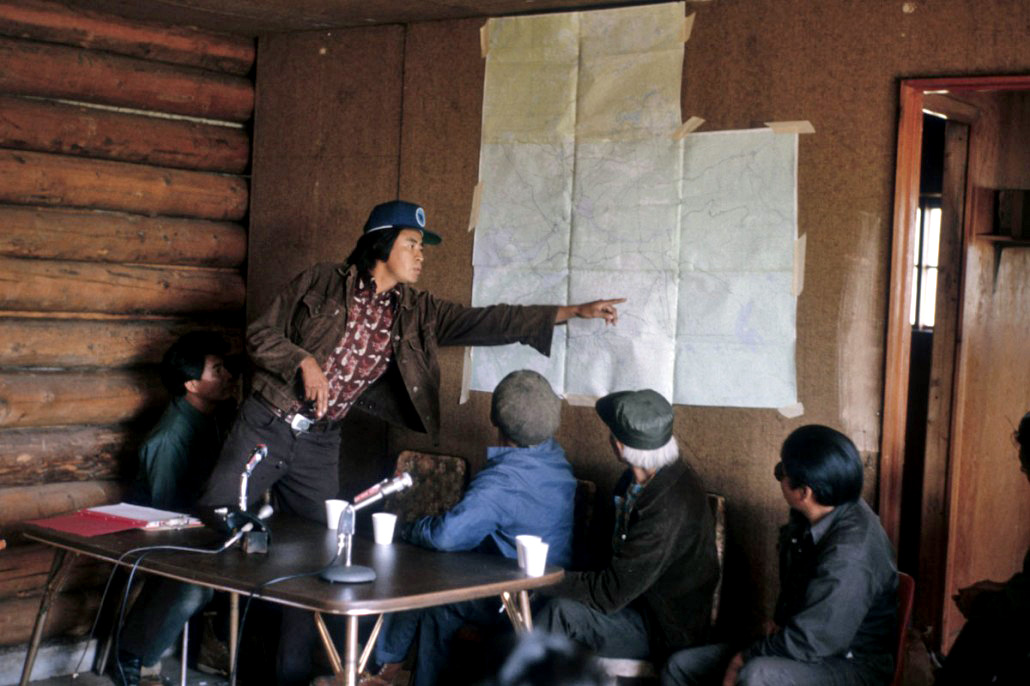
Photo credit: Prince of Wales Northern Heritage Center
The Berger report was released in May 1977. In its pages, Justice Berger warned that any gas pipeline would be followed by an oil pipeline, and that the infrastructure supporting this “energy corridor” would be enormous: roads, airports, maintenance bases, new towns, all of which would have a significant impact on the people, animals and land. He likened it to building a new railway across Canada. His recommendations was that any pipeline development be delayed 10 years, and that no pipeline ever be built across the Northern Yukon.
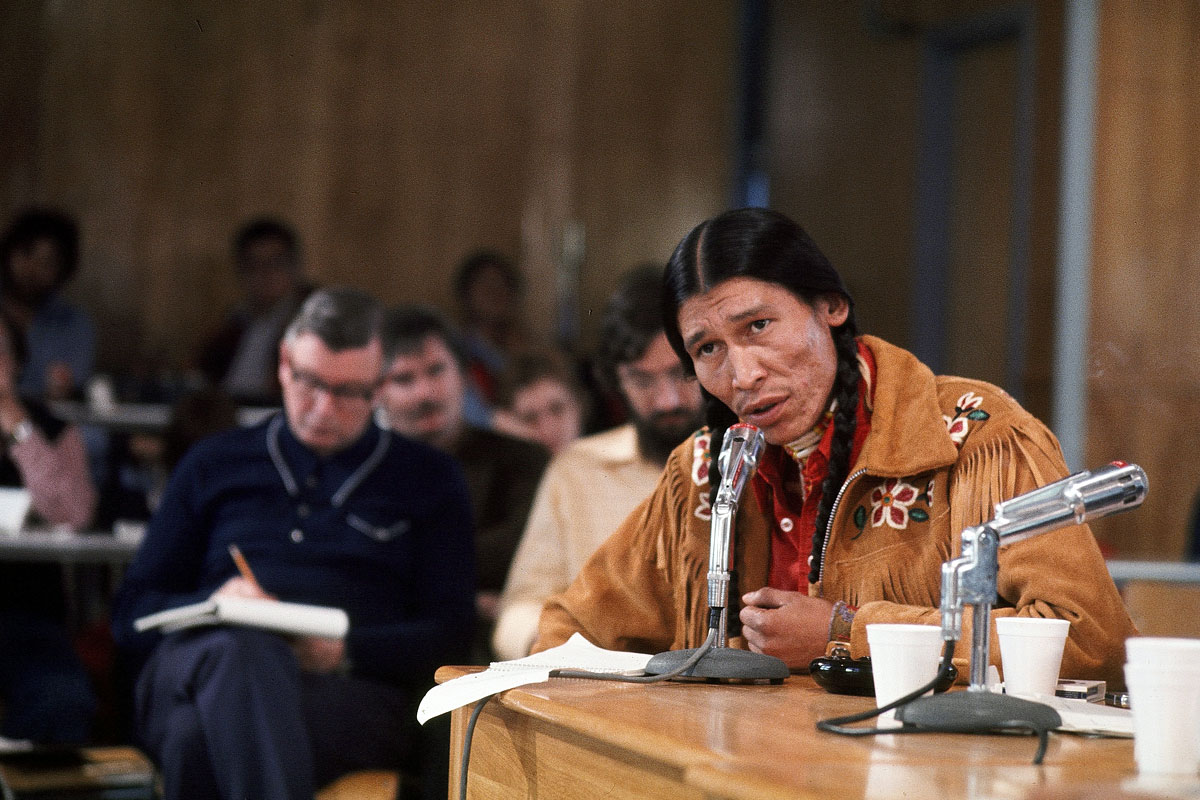
Photo credit: Prince of Wales Northern Heritage Center
While the Mackenzie Pipeline project isn’t exactly dead in the ground (its deadline to start building has been extended to 2022) Canada’s far North remains, 42 years after the Berger Inquiry, untouched and pipeline-free.
Citizens vs. oil giants
The fight for a greener tomorrow is never over. Right here in Quebec, citizens recently mobilized to oppose the construction of an oil-export port in Quebec as part of TransCanada’s proposed Energy East pipeline.
Pipelines, Power and Democracy (Trailer), Olivier D. Asselin, provided by the National Film Board of Canada
The controversial $12-billion project, which would cross the territory of 180 indigenous groups, aims to deliver oil from Western United States and Canada (Alberta, Saskatchewan and North Dakota) to refineries and ports in Eastern Canada (New Brunswick and Quebec), making it the longest pipeline in North America if completed.
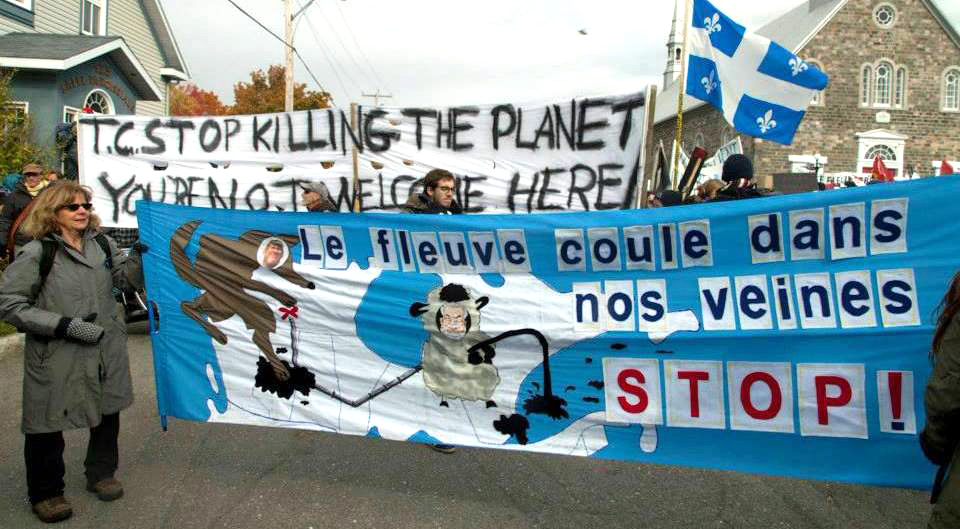
Our feature documentary Pipelines, Power and Democracy (2015) follows four anti-pipeline activists in their battle to stop this planned port from being built in Cacouna, Quebec, on the St-Lawrence River. Their militant tactics paid off. In April 2015, under mounting pressure from environmental groups, the company announced it would not be building the port in Cacouna, citing concerns about beluga-whale breeding grounds.
As anthropologist Margaret Mead said, “Never doubt that a small group of thoughtful, committed citizens can change the world; indeed, it’s the only thing that ever has.”
Rent or download the film here.
Header image: courtesy of Indigenous Environmental Network

